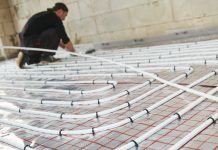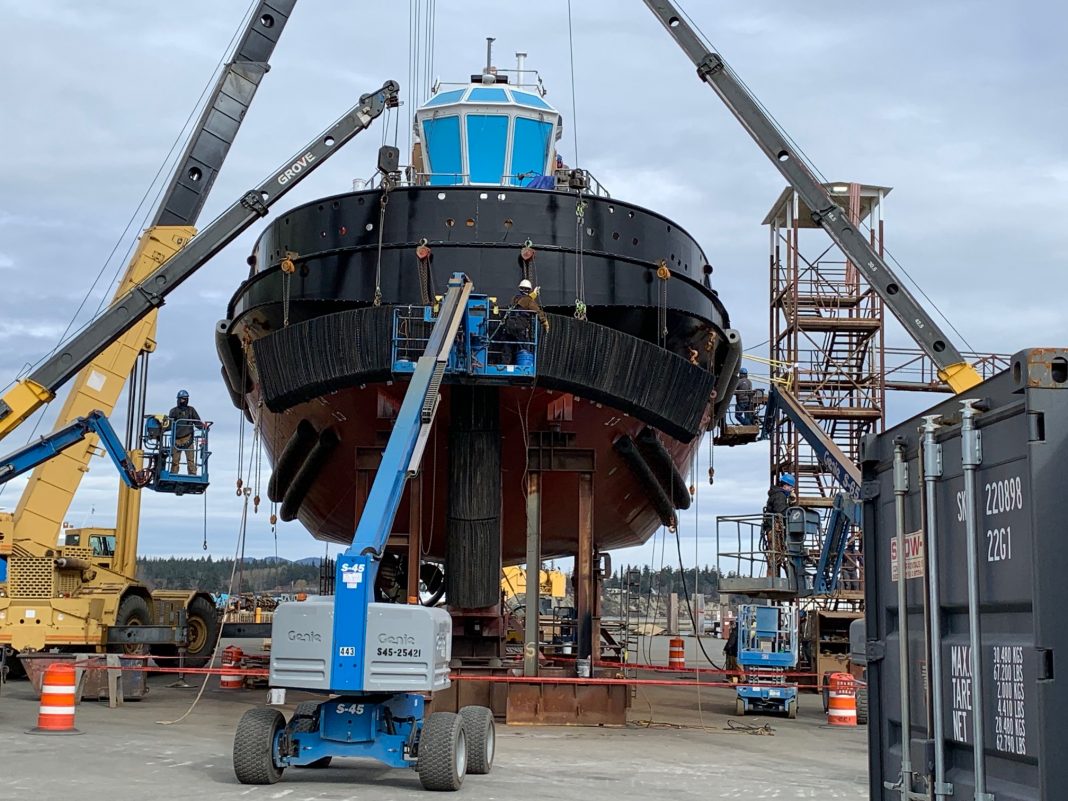If you’re like most residents of Fidalgo Island, you’re proud of the working waterfront in Anacortes. There’s always something to see at the foot of Commercial Avenue, and it’s obvious that all the activity brings value to Skagit County. But even if you are fascinated by the Port of Anacortes, it’s quite possible you’re not aware of the wide-ranging impact it has on the community. Dan Worra, executive director, recently took time to explain how it works.
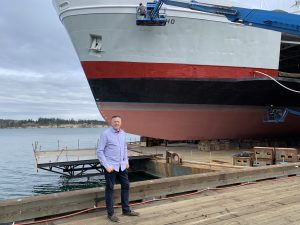
The Port is Like a Platypus
One concept that’s an eye-opener for most people is that ports in Washington don’t necessarily have anything to do with water. One-third of state ports have no ocean, river or lakefront presence. Instead, they manage railroads, business properties and other commercial concerns. This prompts the comment, “We’re like the platypus,” from Dan, “we’re like no one else.” Economic development is the real name of the game.
Authorized by the State Legislature in 1911, ports were established as independent government bodies chartered to do business for the public good. The combination of government-like authority (such as the ability to issue bonds and impose public-approved taxes) with an entrepreneurial spirit indeed makes ports unique. This notion was considered radical a century ago but gradually gained widespread acceptance as waterfront industrial development risked monopoly control, particularly by railroads.
There are 75 public port districts in Washington today, more than in any other state. The Port of Anacortes is the eighth largest and one of only 11 deepwater ports.
The View from the Helm
One mission Worra thinks about daily is jobs, jobs, jobs. For instance, though the port is not involved in housing, he notes, “We create family wage jobs so people can afford to live here.” The port itself employs 35 full-time and 21 seasonal workers. Through partnerships with other entities, the port fosters many more job opportunities.
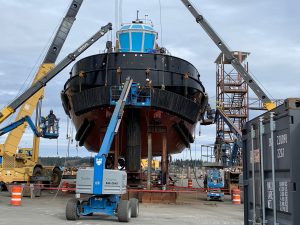
Worra sees the Port of Anacortes as integral to a healthy community in other ways too. He makes environmental stewardship a priority and promotes resident-to-resident connections via events and recreation.
Raised in Illinois, Worra earned degrees from the University of Illinois and later from the Naval Postgraduate School. He spent more than two decades in active duty for the Navy, deploying overseas numerous times and flying combat missions requiring hundreds of carrier landings. Serving on the staffs of two U.S. Admirals and as the Senior Advisor to Afghanistan’s Minister of the Interior helped him grow what he feels is the main requirement for his current role: leadership. Worra has been at the helm of the Port of Anacortes for six years.
The Port’s Four Corners
The Port of Anacortes has four operating areas:
The marine terminal: Fronting on the Guemes Channel, the 30-acre marine terminal is what most people think of as “the port.” Three piers accommodate bulk cargo shipping, ship building/repair, commercial docking, warehousing and more.
Pier 1, at the end of Commercial Avenue, is home to port offices and to Dakota Creek Industries (DCI), the port’s largest tenant. DCI owns the huge blue dry dock where ships up to 300 feet long are lifted out of the water for short term maintenance and repair. Just to the east are acres of drydock area, cranes and construction equipment, plus workers building, repairing and painting various kinds of vessels.
Continuing east you’ll find Pier 2, used for exporting dry bulk cargo. Byproducts of the nearby refineries—principally petroleum coke and pelletized sulfur—are shipped around the Pacific Rim from Pier 2.
Curtis Wharf lies to the west of Pier 1. It offers mooring for commercial boats and ships as well as Navy users.
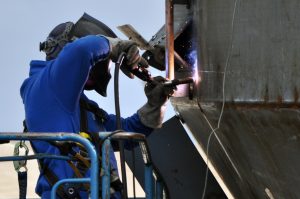
Cap Santé Marina: The marina is a key economic engine for all of Anacortes, driving $2.5 million in revenue through restaurants, marine services and retail business. The marina has about 1,000 slips.
The Anacortes Airport: The Port of Anacortes also owns the local airport. Built in 1968, the facility is used by small commercial operators and private pilots.
Properties: The Port of Anacortes owns several properties around Fidalgo Island. Two restaurants, Anthony’s and The Secret Cove, are located on port property, as is the Washington State Ferries Terminal at Ship Harbor. The port has recently acquired land zoned “heavy industrial” near the refineries. “We’re excited about working with businesses there and soon to be there,” Worra comments.
All told, the Port of Anacortes hosts 60 tenants and more than 1,100 local jobs.
A Commitment to a Healthy Environment
In Washington, ports have emerged as forward thinkers on the environmental front. They are uniquely positioned to lead as they’re not bound by the necessity of immediate profit and are more agile than government bodies.
Worra drives his organization’s focus on environmental stewardship. “No other port has done so much environmental work in relation to its revenue,” he remarks. He points to mitigation around the old Scott Paper Mill as an example. “There had been so much decaying bark in the water nothing could grow,” he adds. Once water restoration was complete, sparkling Seafarer’s Memorial Park was established to honor locals lost at sea.
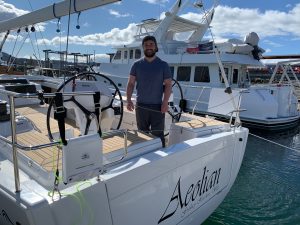
The port has invested $60 million in mitigation around Fidalgo Island in the last decade and more is planned. Ongoing efforts include work in the acreage DCI leases, Quiet Cove near Curtis Wharf and the old Log Yard at the end of T Avenue.
A Port for the Community
Port of Anacortes employees love to find ways to bring the community together. The organization offers event space and recreation areas, and hosts an Annual Opening Day Parade for boating enthusiasts, a Waterfront Festival, summer concerts, Veteran’s Day activities and more.
Worra says he enjoys managing the competing priorities of his job and the challenge of determining what’s fair for the port, people employed there and the town. “I love coming to work and seeing the impact we have on the community,” he says. “It makes everything worthwhile.”
Learn more at the Port of Anacortes website.



